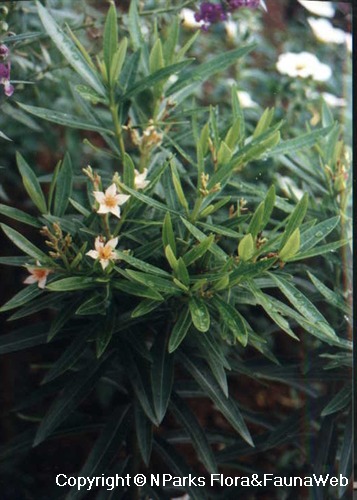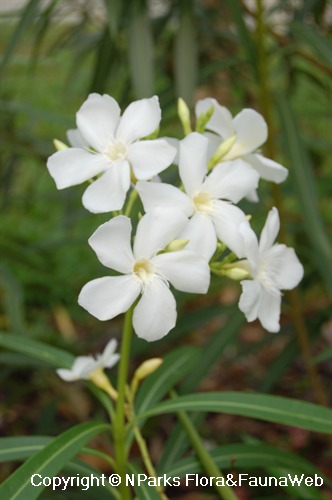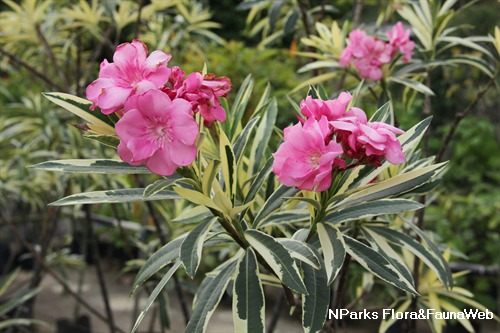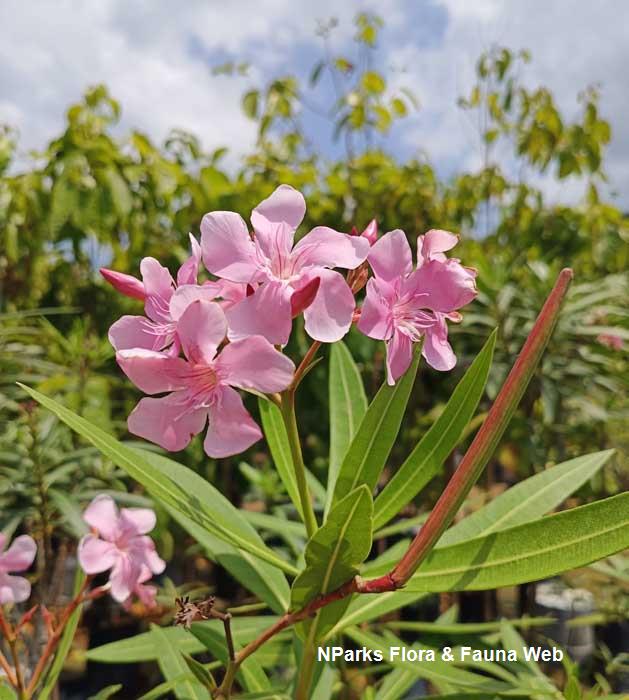
Back
Nerium oleander 'Pink'
| Family Name: | Apocynaceae |
| Common Name: | Oleander |
The pink Oleander is an evergreen shrub with leathery and pointy leaves arranged in pairs or whorls of 3 along the stem. This tropical shrub produces showy clusters of pink 5-petalled flowers at the end of branches and are sweetly scented.
Name
Classifications and Characteristics
| Plant Division | Angiosperms (Flowering Seed Plants) (Dicotyledon) |
|---|---|
| Plant Growth Form | Shrub |
| Lifespan (in Singapore) | Perennial |
| Mode of Nutrition | Autotrophic |
| Plant Shape | Shrubby |
| Maximum Height | 6 m |
Biogeography
| Native Habitat | Terrestrial (Disturbed Area / Open Ground) |
|---|---|
| Preferred Climate Zone | Tropical |
| Local Conservation Status | Non-native (Horticultural / Cultivated Only) |
Description and Ethnobotany
| Growth Form | A large woody shrub growing up to 6 m tall but usually about 1.5 - 3 m. |
|---|---|
| Foliage | Leaves glossy and thick, with prominent midrib. Leaves lanceolate-shaped, arranged in pairs or whorls of 3 along the woody stem. |
| Flowers | Flowers fragrant, bright pink and showy, single-petalled, 5 petals, arranged in clusters on the end of each branch. |
| Fruit | Fruits small narrow capsules, pod-like, split when dry to release fluffy seeds. Seeds dispersed by wind. |
| Cultivation | Cultivated along roadsides and in parks in Singapore. Able to grow in both dry and wet conditions. |
| Etymology | Genus name Nerium derived from Greek 'nerion' meaning moist, as plant likes moist soils. Species epithet oleander refers to leaves which resemble olive leaves. |
Landscaping Features
| Landscaping | Ornamental flowers and leaves giving the tropical look, suitable for parks and gardens. |
|---|---|
| Desirable Plant Features | Ornamental Flowers, Fragrant |
| Landscape Uses | General, Parks & Gardens |
| Thematic Landscaping | Fragrant / Aromatherapy Garden |
| Usage Hazard - Cons | Toxic Upon Ingestion |
| Usage Hazard - Cons Remarks | Cut surfaces produce white to cream-coloured latex containing toxins called glycosides. All parts are poisonous, even when dried. Ingestion can cause adverse gastrointestinal and cardiac effects. Avoid planting at areas within reach of children. |
Fauna, Pollination and Dispersal
| Fauna Pollination Dispersal Associated Fauna | Butterfly Host Plant |
|---|---|
| Seed or Spore Dispersal | Abiotic |
Plant Care and Propagation
| Light Preference | Full Sun |
|---|---|
| Water Preference | Moderate Water |
| Plant Growth Rate | Fast to Moderate |
| Rootzone Tolerance | Drought Tolerant, Poor Infertile Soils, Well-Drained Soils |
| Maintenance Requirements | Low |
| Propagation Method | Seed, Stem Cutting |
Foliar
| Foliage Retention | Evergreen |
|---|---|
| Mature Foliage Colour(s) | Green |
| Mature Foliage Texture(s) | Leathery |
| Prominent Young Flush Colour(s) | Green |
| Young Flush Texture(s) | Leathery |
| Foliar Type | Simple / Unifoliate |
| Foliar Arrangement Along Stem | Whorled |
| Foliar Attachment to Stem | Petiolate |
| Foliar Shape(s) | Non-Palm Foliage (Lanceolate) |
| Foliar Venation | Palmate |
| Foliar Margin | Entire |
| Foliar Apex - Tip | Acute |
| Foliar Base | Cuneate |
| Leaf Area Index (LAI) for Green Plot Ratio | 4.5 (Shrub & Groundcover - Dicot) |
Non - Foliar and Storage
| Stem Type & Modification | Woody |
|---|---|
| Root Type | Underground |
Floral (Angiosperm)
| Flower Colour(s) | Pink |
|---|---|
| Flower Texture(s) | Smooth |
| Flower Grouping | Cluster / Inflorescence |
| Flower Location | Terminal |
| Flower Symmetry | Radial |
| Individual Flower Shape | Tubular |
| Flowering Period | Free-Flowering |
| Flowering Habit | Polycarpic |
Fruit, Seed and Spore
| Mature Fruit Colour(s) | Green, Brown |
|---|---|
| Mature Fruit Texture(s) | Smooth |
| Fruit Classification | Simple Fruit |
| Fruit Type |
Image Repository
Others
| Master ID | 973 |
|---|---|
| Species ID | 2267 |
| Flora Disclaimer | The information in this website has been compiled from reliable sources, such as reference works on medicinal plants. It is not a substitute for medical advice or treatment and NParks does not purport to provide any medical advice. Readers should always consult his/her physician before using or consuming a plant for medicinal purposes. |

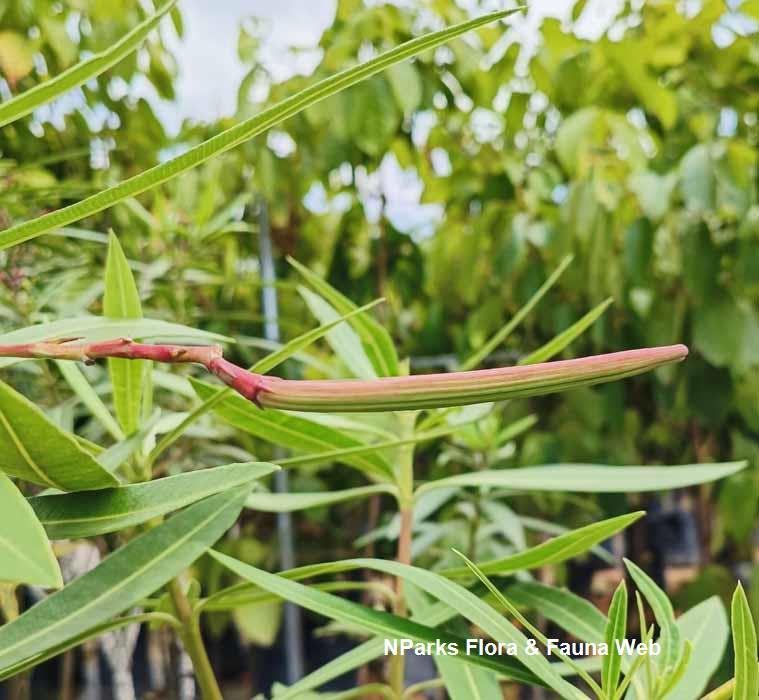
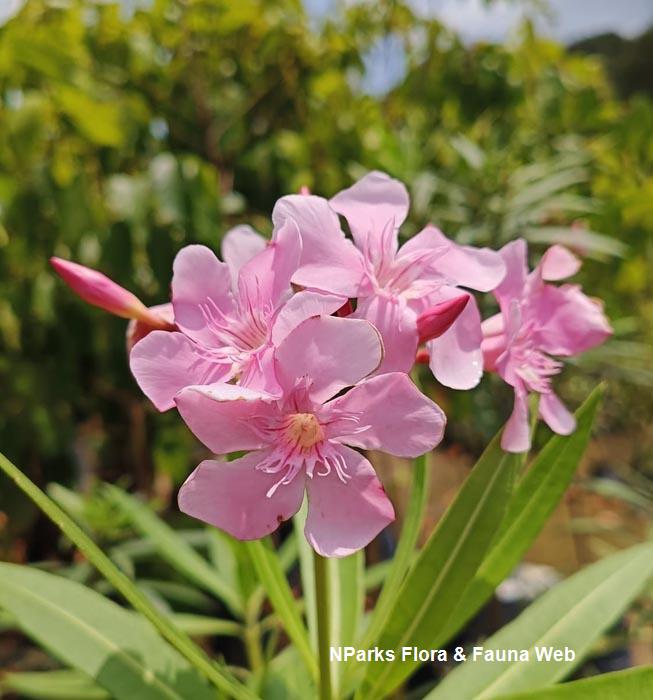
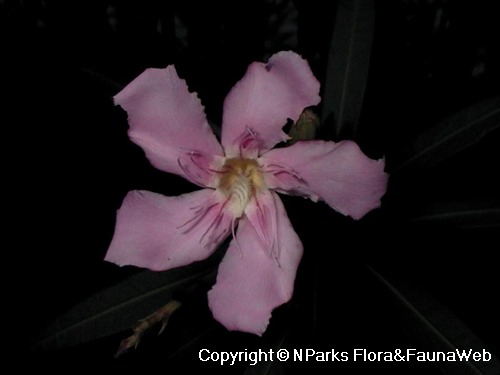
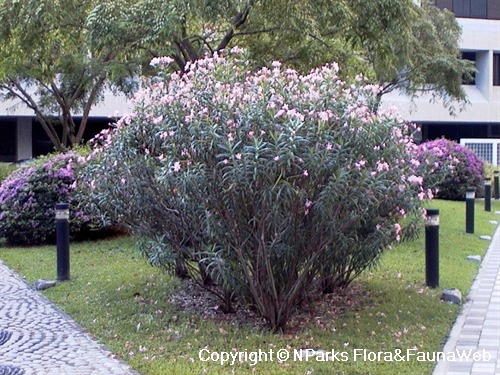
.jpg)
